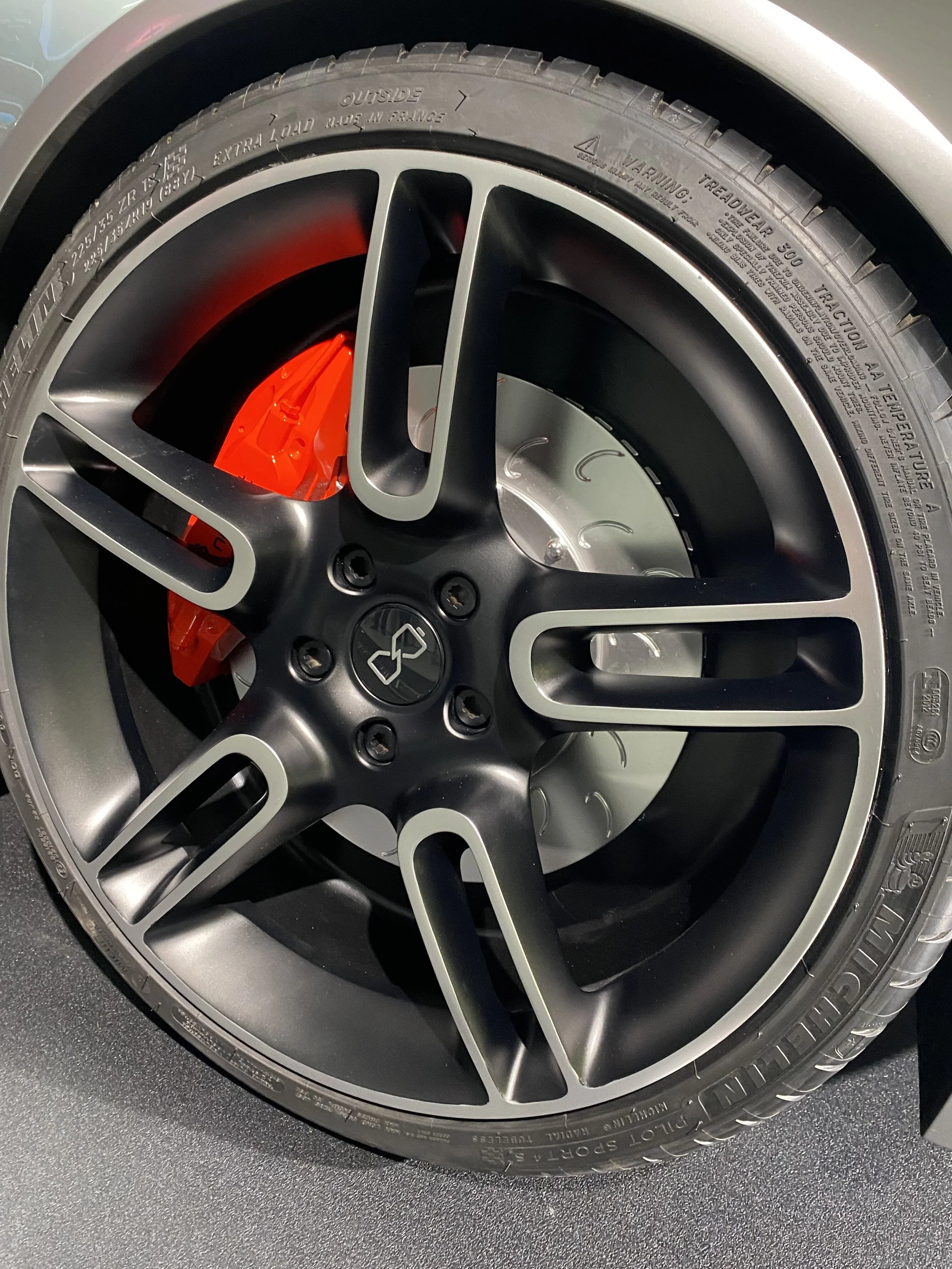Feature | The Nyobolt EV with a six-minute charge time
For my first car launch, I made my way to the CALLUM workshop in Warwick, once used by Jaguar Land Rover, to attend the launch of a combined effort from CALLUM and Nyobolt. The covers were lifted off to reveal an EV sports car concept with potentially groundbreaking implications for the electric vehicle market and the motoring industry as a whole.
CALLUM is a design and engineering business spanning several different fields, specifically targeting the luxury bespoke market and collaborating with likeminded brands. Collaboration is very much the keyword here, and it is a specific ethos at CALLUM. Its team of 40 staff work in close proximity, sharing ideas as well as making use of the strength of outside companies like Nyobolt. Many people’s strengths and creative ideas were brought together to produce something both nostalgic and futuristic in equal measure, something that was stressed by Adam Donfrancesco, engineering director at CALLUM:
“It’s always a challenge, but you want to offer something unique. We have a very agile team. Engineering and designers sit amongst each other, so we can assemble it in our factory very quickly.”
As we all know, one main issue that people have had with EVs is the time it takes to fully charge. Many do not have access to charge points if they are living in a flat or older property, and to go on a long journey means making large time allowances in order to give adequate time to charge your vehicle. This is where Nyobolt has stepped in, creating a revolutionary battery.
What is Nyobolt? Cofounded in 2019 by Professor Dame Clare Grey and CEO Dr Sai Shivareddy, Nyobolt’s team have developed batteries capable of greater things than your average unit seen in other vehicles, thanks to the use of new materials, cell designs, efficient software control and power electronics. The smaller lithium-ion battery Nyobolts engineers have created has a charge time of just six minutes with the ability to achieve an 80% charge in under 4 minutes. The battery units have undergone substantial testing to reach this point as well, experiencing 2,000 fast charge cycles without significant performance loss.
The creation of the car came about thanks to the talents of an esteemed car designer, Julian Thomson, who stepped up after an approach from Nyobolt in 2021 to help create a car to demonstrate this ultra-fast charging battery technology. Thompson’s starting point was perhaps his most famous design - the Lotus Elise, one of the most famous lightweight sportscars from the 1990s. The Nyobolt gave Thomson the opportunity to evolve and modernise his already iconic design. There’s no doubt that it captures the essence of the original design yet holds a wider stance in its hourglass shape. The waistline of the car has been brought up; however, the front design gives it that nose-down aggressive stance. I found the most interesting design feature of the car to be the front and rear lensless lamps, which nod to the original. The car is lightweight, closer to one tonne than two, and it is compact in nature, allowing the small and compact Nyobolt battery to take its place and create a seamless 50/50 effort.
I spoke with Alek Jones from the design team, someone who realised he could pair his love of art and cars to work in automotive design, about the original Elise, its popularity then and how it stands up in the modern day.
“The reason why it had a cult following was that it was light, small and stripped to the bare bones. There’s not a lot to it, and that’s why people go mad for it. It’s so far removed from everything nowadays and doesn’t suffer from cliches and add-ons.”
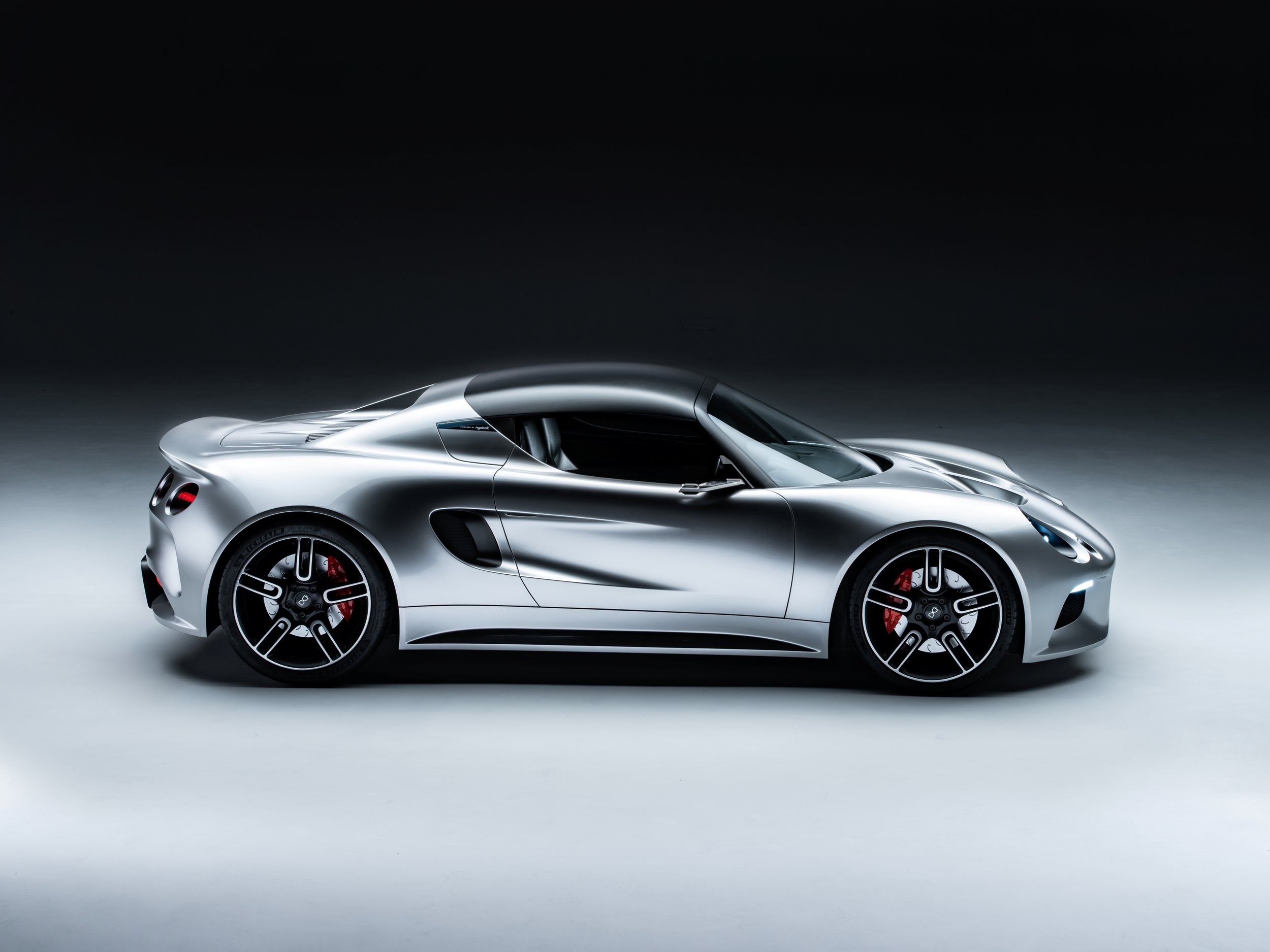
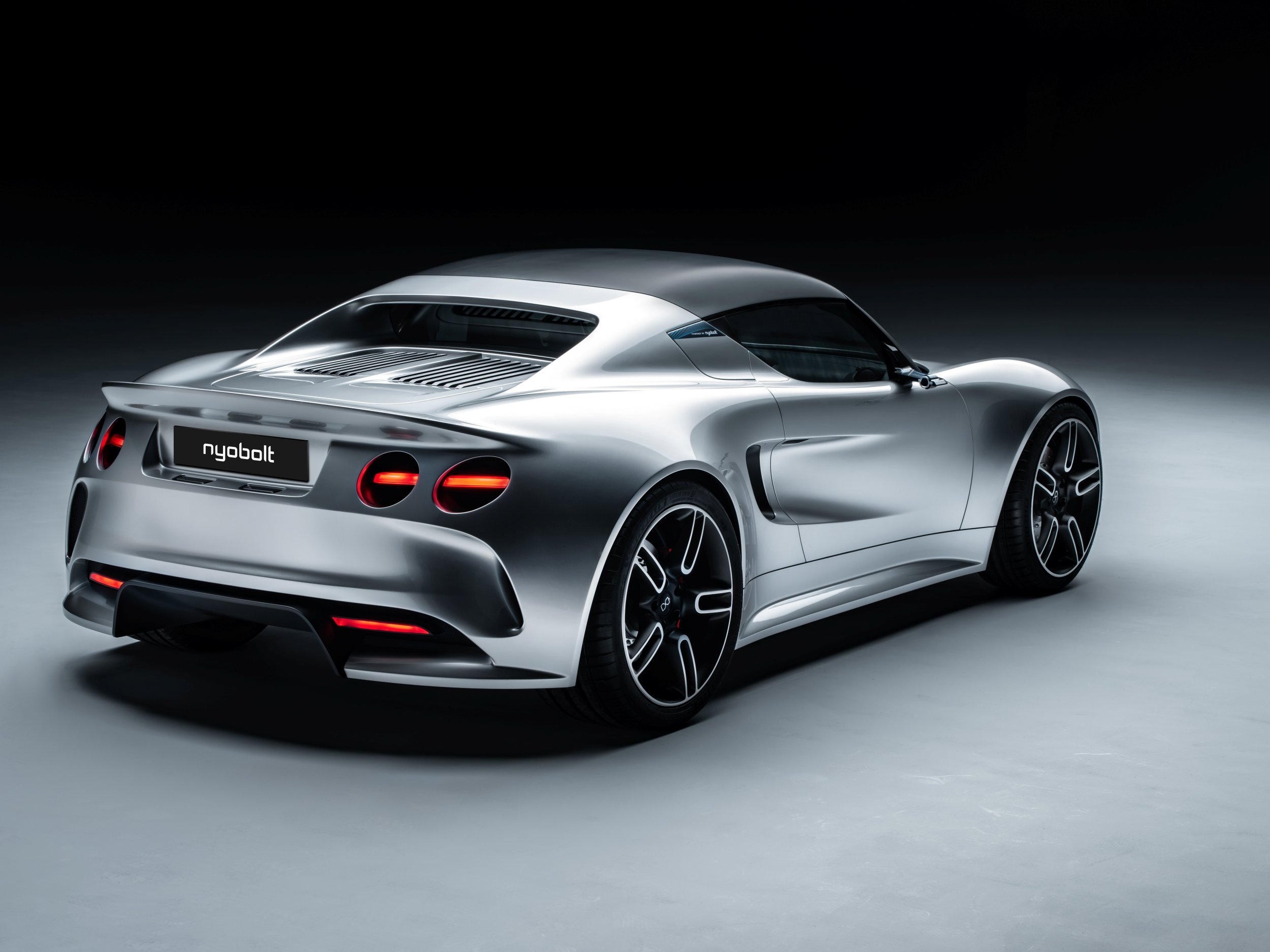
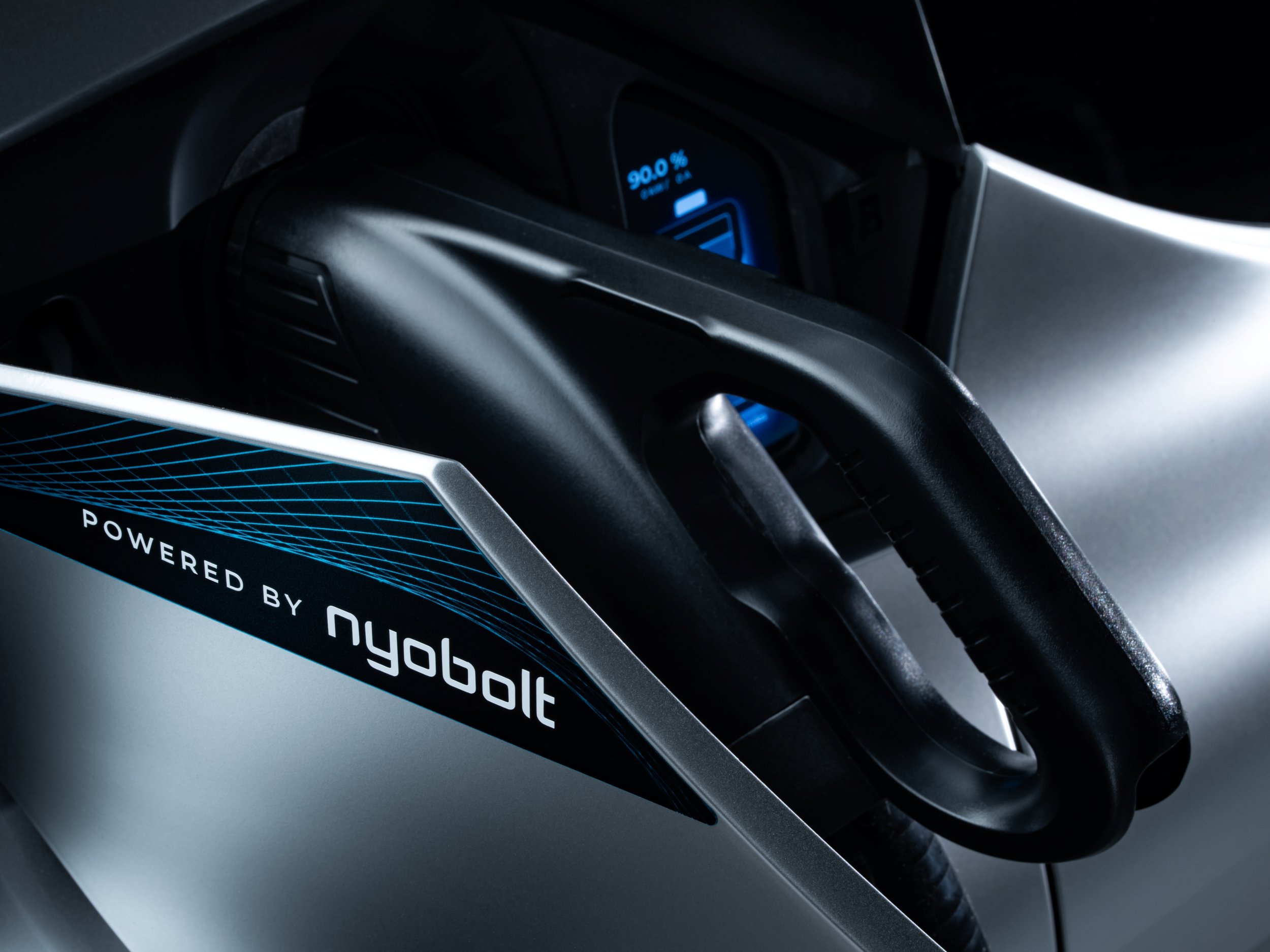
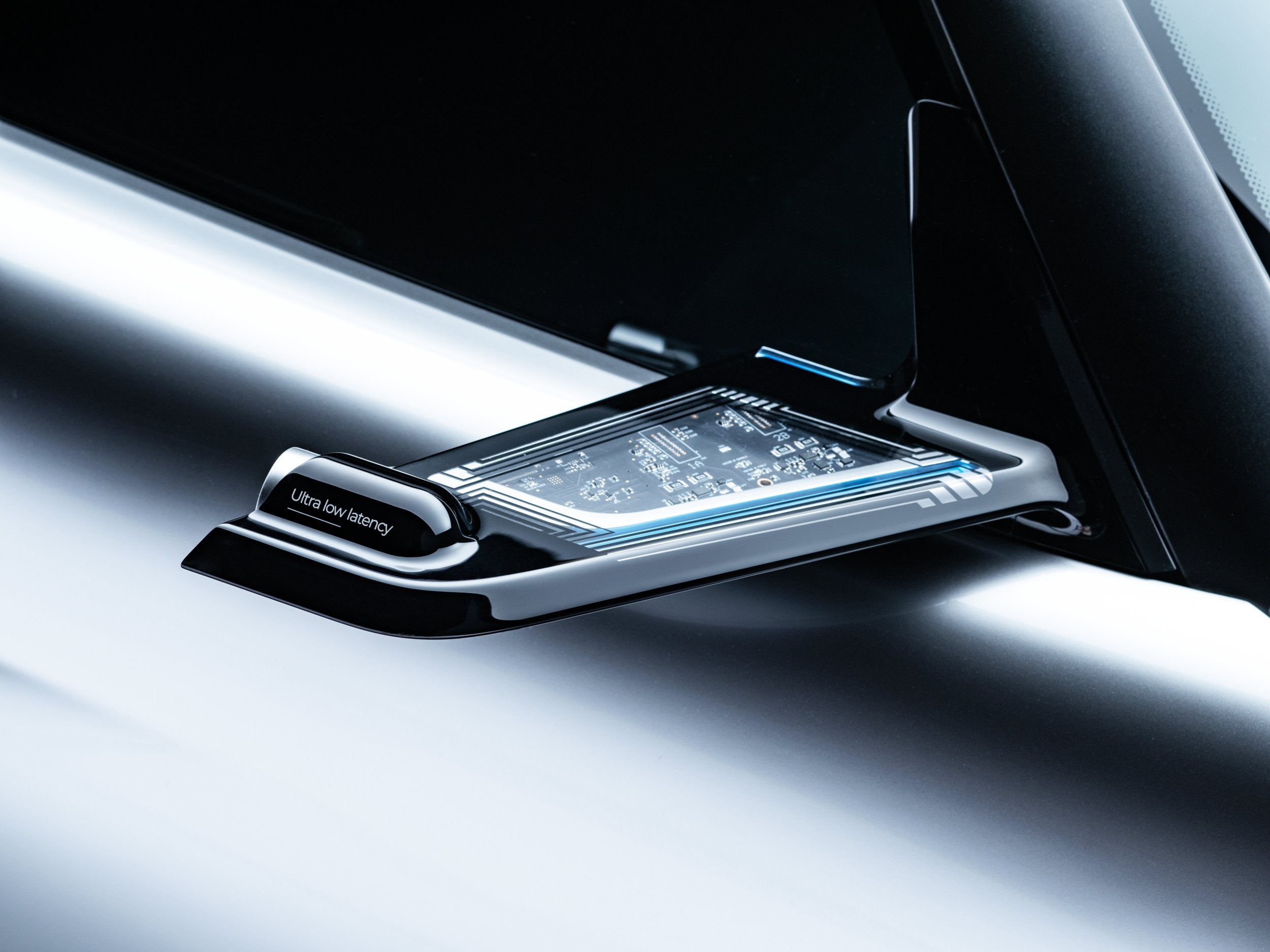
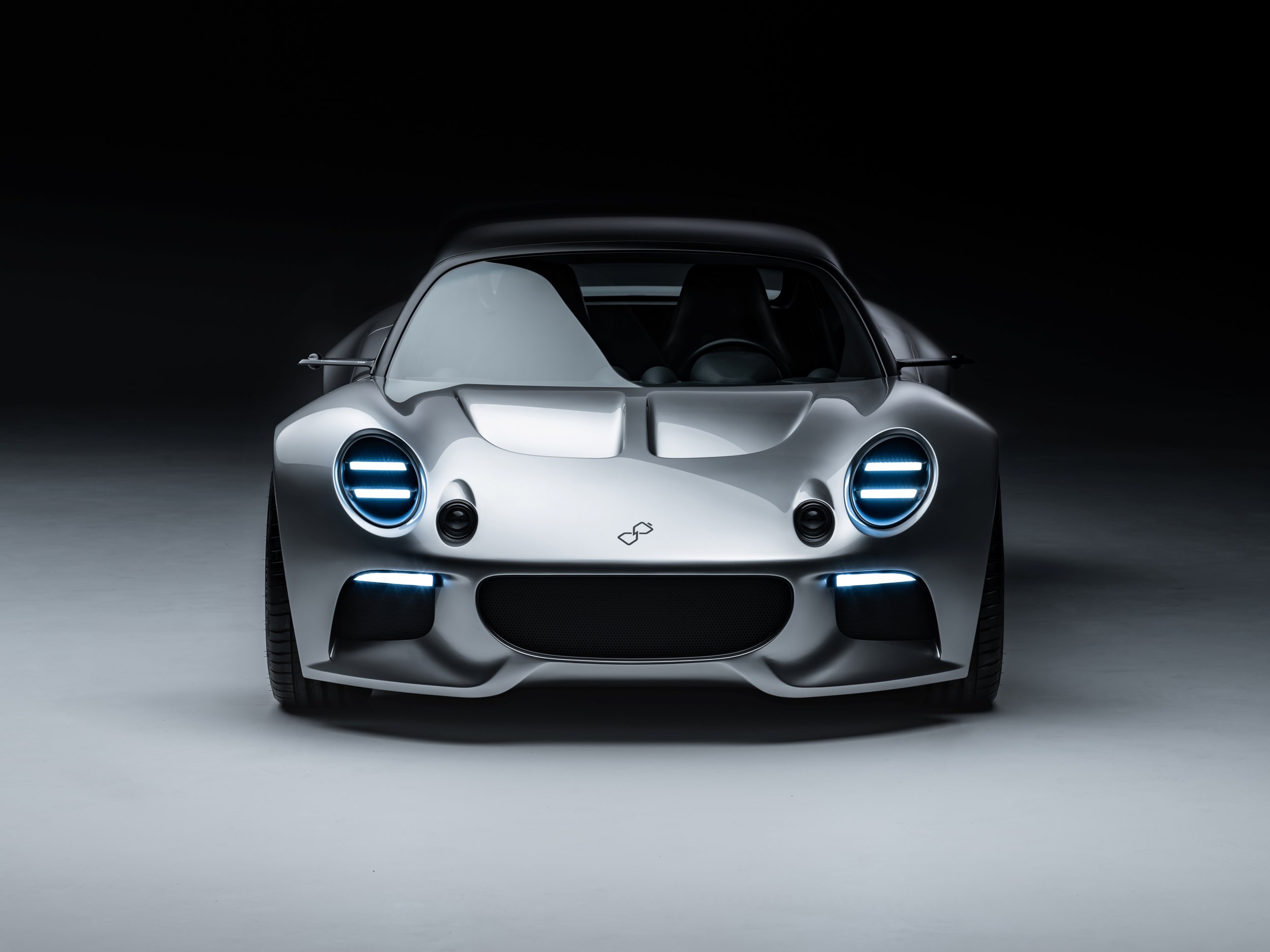
EVs and The Current State of Play
One question I had was about the perception of EVs in today's world, both to petrolheads and the wider public. While some companies are moving towards full electrification, others are remaining vigilant and clinging to petrol in the hope that the 2030 regulation changes won’t come to pass. Then you have new players in the market, like CALLUM, who are using inspiration from the past to match with new, innovative ideas. Speaking to Steve Hutchins, VP of operation and engineering at Nyobolt, I asked him about what the state of play would be in the next few years and how to convince more to adopt EVs.
“Obviously, there is a lot of regulatory pressure, and I can see there has been some pushback, but everyone’s working very hard. One of the things that is holding people back is that 100kwH batteries are unreachable to people and unmanageable. What we are trying to do is get the battery down to a more manageable size. People wanted range, but they also wanted a fast charging time.”
Adam Donfrancesco believed that people would still be torn when it comes to adopting EVs, saying, “I think you’ll see a split. EVs are here to stay. Historic vehicles will still be driven, but hopefully using more sustainable fuel.”
Alek Jones was a lot more hopeful that the fast-charging battery used in the collaboration would signal a change in the thoughts of petrol purists, saying, “I don’t think the EV will kill off driving as a pastime. If you can effectively treat an EV in the same way that you treat a petrol car, going somewhere to charge and then you’re gone, I think that solves everyone’s issues with it.” He added, “This works especially in the sports car market when you’re not doing such long journeys.”
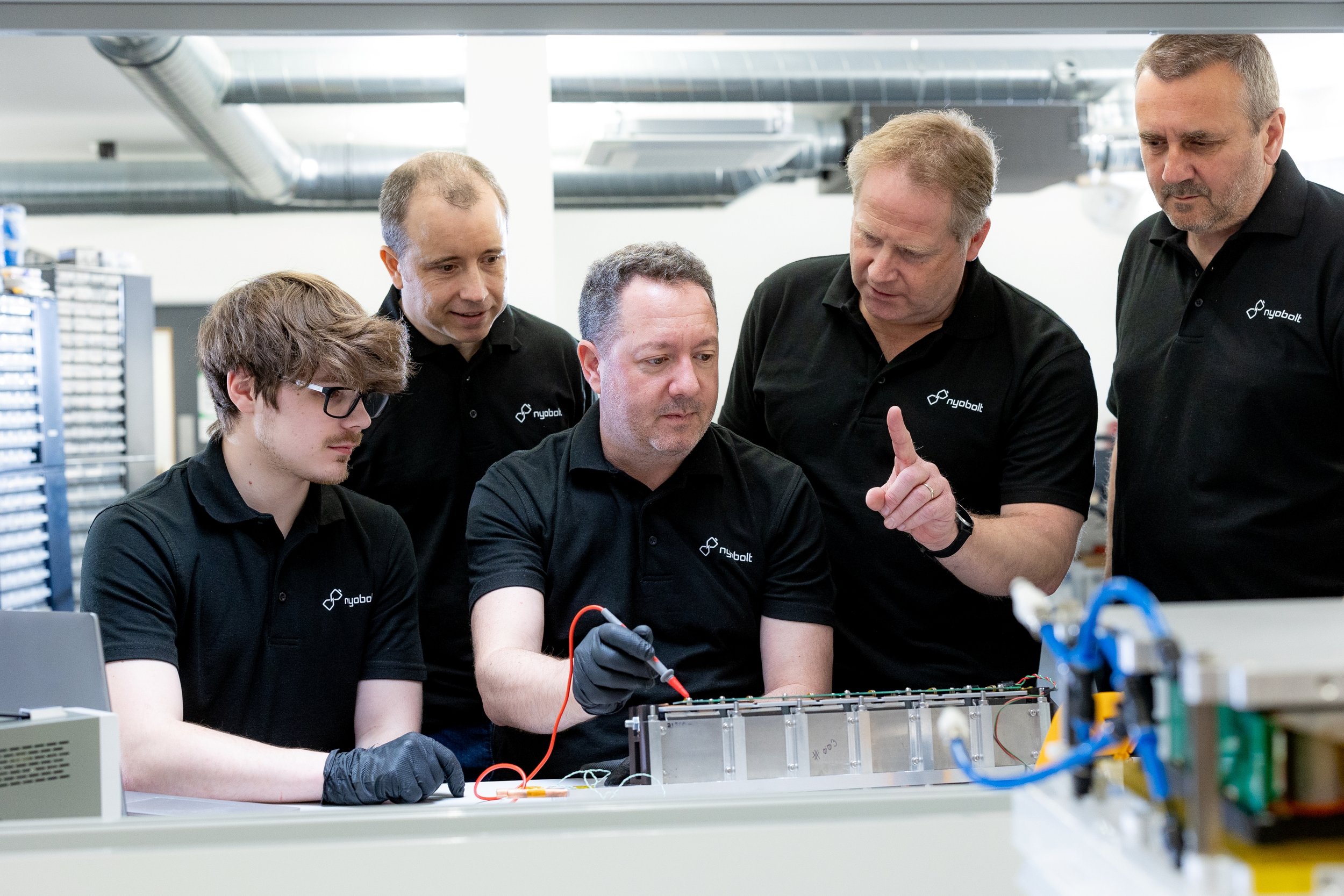
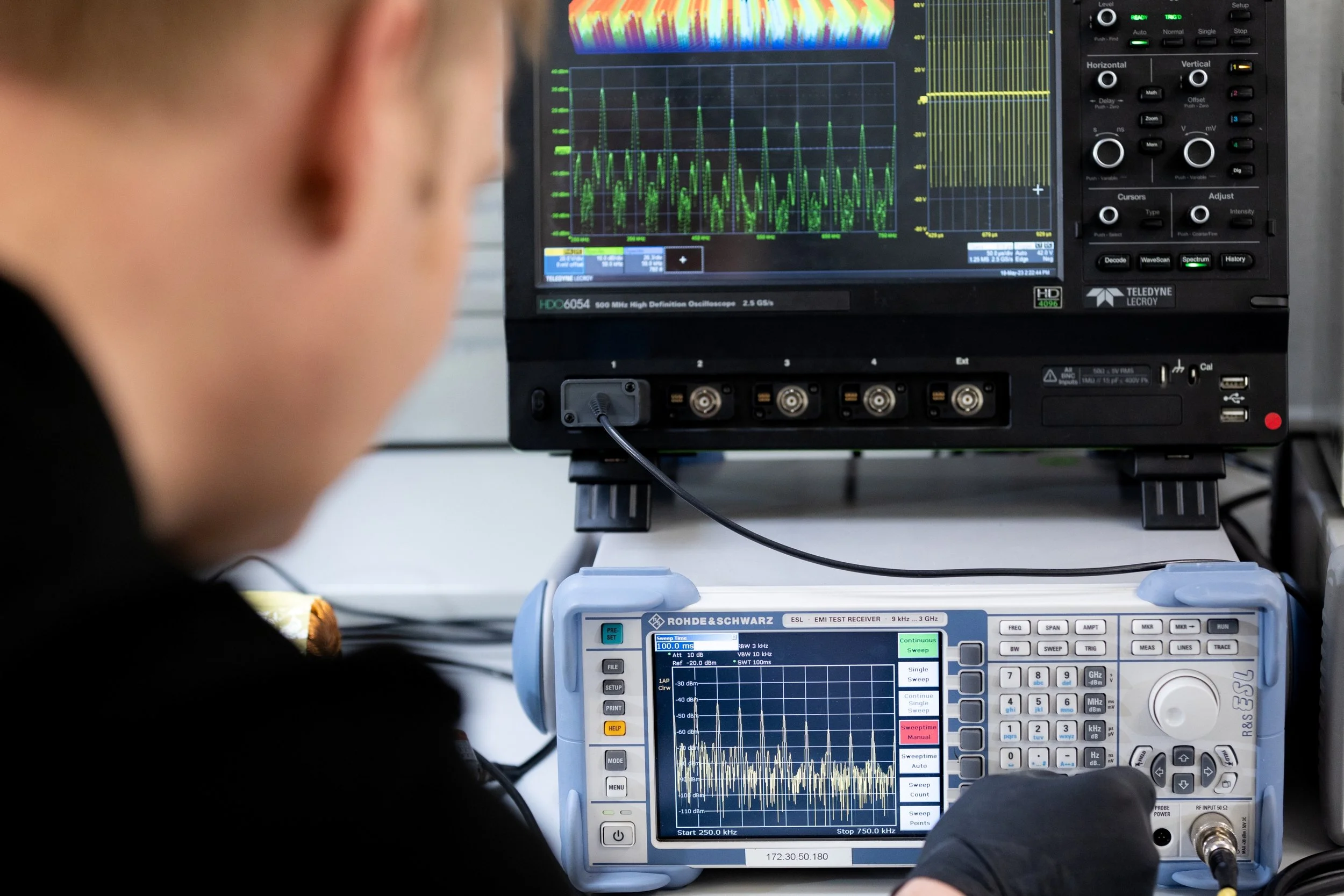
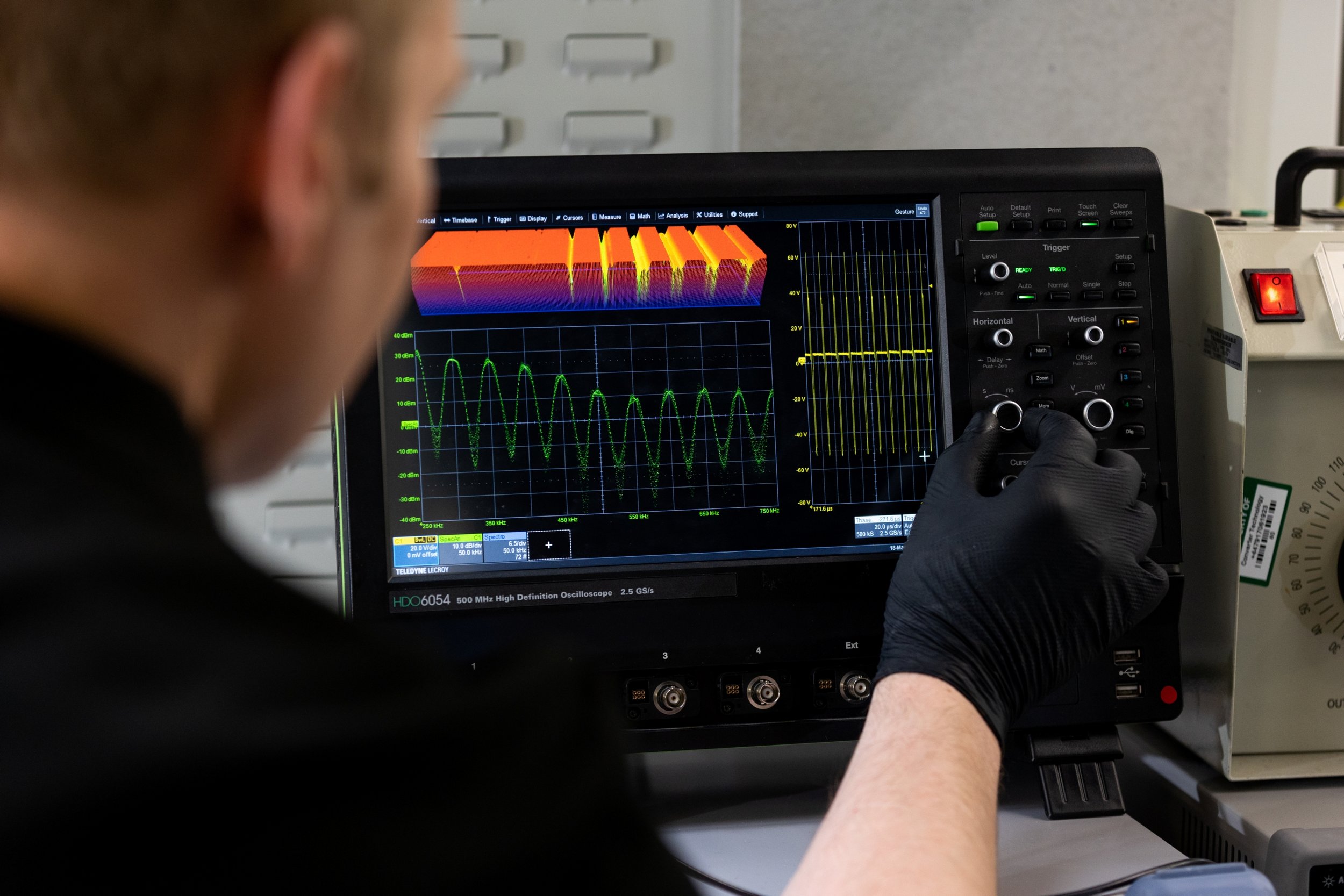

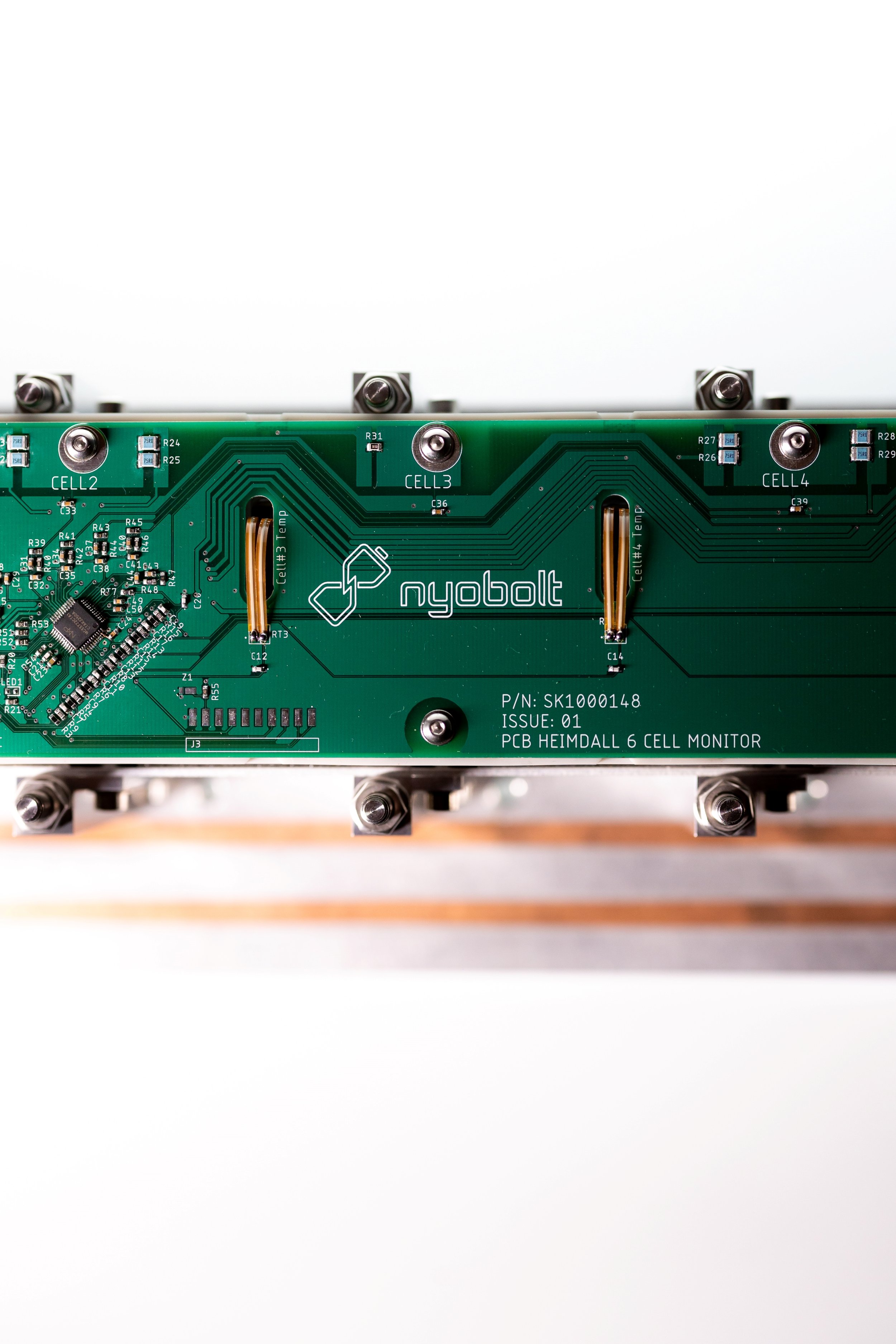

Collaboration
Throughout the launch, the passion that everyone had for their role in creating this concept was evident. It was evident, however that the overwhelming theme throughout the day was collaboration. This is a project that could not have happened without CALLUM and Nyobolt operating in equal measures, putting forward their specific expertise to build something pioneering and work towards a greater goal. It was something I was keen to get people’s thoughts on, as companies make great use of outside strengths in order to increase their capabilities when realising a future vision. Collaboration was something Adam Donfrascensco stressed was important within CALLUM’s team and with external partners.
“We collaborate internally well and can understand and solve a problem really quickly. More widely, with our partners like Nyobolt, it forces us into new territory and to look at things from a new angle. You could classify us as a supplier in this effort, but we’ve become a bit more of a client because they are asking about the vehicle side while they know about batteries. It’s been an interesting interaction in a positive way, realising their dreams in terms of the end product.”
Alek Jones believed that the fast-charging battery technology could have wider use beyond the automotive industry, “Nyobolt is focused on the battery technology, and we design products. There’s a lot of synergy there. The technology could be scaled down for other products in the future.”
I ask Steve Hutchins about the future possibilities of fast-charging battery technology and how it could look in the future for the design of EVs:
“Some of our customers want batteries that can charge in seconds and not minutes. The battery is part of the story, but having the chargers capable of giving a charge that quickly is the next challenge.” He added when asked about how future designs may look, “At the moment, we are focused on making the battery as space optimised as possible. Batteries are made up of lots of smaller cells, so in theory, it is possible for changes. I’ve never met a car company that didn’t want space back.”
The Nyobolt demonstrates that the possibilities for EV sports cars are seemingly endless and open the door to a wide range of possibilities from a design and engineering standpoint.
So what is next for the car? The CALLUM and Nyobolt EV concept will be seen next at Goodwood Festival of Speed, demonstrating the fast charging battery, before beginning testing in November ahead of the 2024 beginning of manufacturing. Nyobolt has worked extremely hard to get to this point, utilising the brightest brains in achieving what they have achieved, and the technology has scope to be implemented across a wide range of sectors. As for CALLUM, Alek Jones says to “watch this space” as potential announcements across the next year or two may stir similar excitement in the automotive world.
As first car launches go, it was pretty perfect, showcasing the past and future of motoring in an ever-changing industry.
Words: Mike Booth
Pictures: CALLUM & Mike Booth









